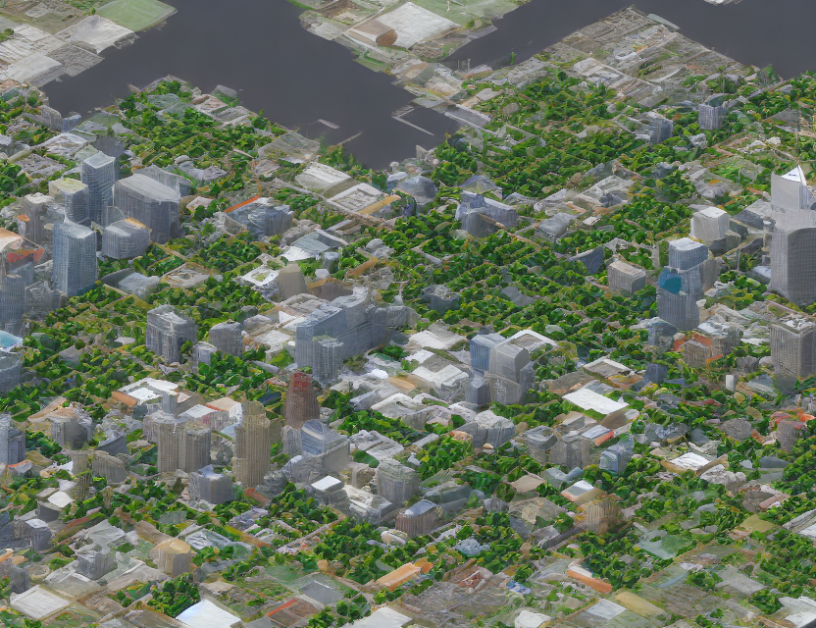In this article, the authors propose a novel framework called ReCP (Region Contrastive Pipeline) to learn consistent and natural multi-view representations for regions in various applications such as geographic information systems (GIS), computer vision, and machine learning. The key idea is to fuse multiple views of a region, including both spatial and non-spatial attributes, by leveraging contrastive learning principles.
The authors begin by highlighting the challenges of working with multi-view data, which often lead to conflicting information between different views. To address this issue, they propose an intra-view learning component that captures representative features within each view using contrastive learning techniques. This allows the model to learn a robust representation of each region without relying on trivial solutions.
The next step is to integrate representations from multiple views using an inter-view learning component. Here, the authors introduce two novel objectives: inter-view contrastive learning and dual prediction. Inter-view contrastive learning helps to enhance consistency across different views, while dual prediction further diminishes inconsistent information between them.
The final step is to map raw features of regions into a latent representation using an encoder network. This process allows the model to learn a robust and natural fusion of multi-view representations, which can be used for various downstream tasks such as region classification, clustering, and visualization.
Through experiments on several benchmark datasets, the authors demonstrate the effectiveness of ReCP in learning consistent and informative multi-view representations. They also show that their approach outperforms existing methods in terms of both performance and computational efficiency.
In conclusion, the article provides a comprehensive overview of ReCP, a powerful framework for learning multi-view embeddings. By leveraging contrastive learning principles, the proposed method can effectively fuse multiple views of a region, resulting in highly consistent and natural representations. This work has significant implications for various applications in GIS, computer vision, and machine learning.
Computer Science, Machine Learning
Fusing Multiple Views Improves Region Embedding for Land Use Clustering and Popularity Prediction



